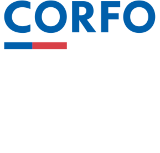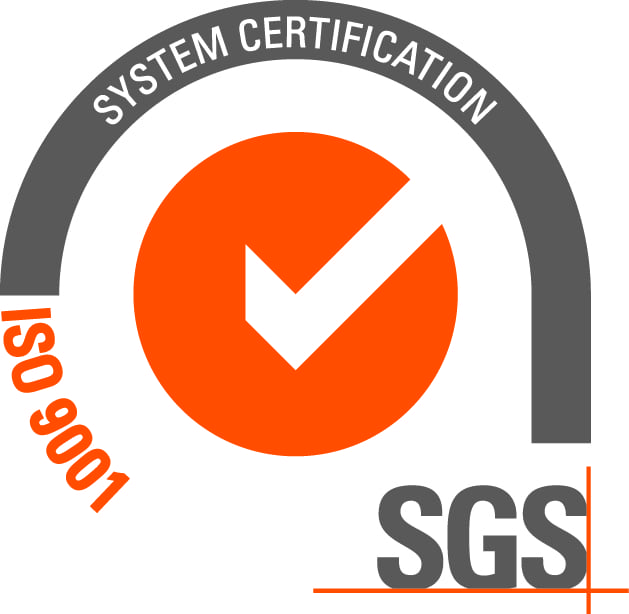
With more than 800 participants from 35 countries, the Latin American & Caribbean Aquaculture (LAQUA 2025) was held in Puerto Varas — the most important aquaculture event in Latin America and the Caribbean. For the first time, it took place in Chile and was co-organized by the Latin American Chapter of the World Aquaculture Society (WAS), the Austral University of Chile, and the Salmon Technological Institute (INTESAL). Seven researchers from IFOP’s Departments of Restocking and Culture and Environment, part of the Aquaculture Research Division, participated in the event through oral sessions, posters, and a workshop.
Aquaculture and Sustainability Session
Title: “Habitat-Building Capabilities of Mussel Aquaculture: Scale and Site Management, Habitat Enhancement, and Recovery of Benthic Species.”
Authors: Luis Henríquez-Antipa, Pablo Leal, Sebastián Cook, Sandra Saavedra & Francisco Cárcamo.
Emergent banks structured under small-scale aquaculture (~200 tons year-1) show positive effects on biodiversity while also reducing levels of organic enrichment. These effects, dependent on site-specific environmental factors, could improve mussel larval abundance, other benthic species, and damaged benthic habitats. A co-participatory governance approach could promote both economic and ecosystemic benefits by implementing actions and regulations that lay the foundation for restorative mussel aquaculture.
Title: “Bottom-up diversification of Small-Scale Aquaculture in southern Chilean estuaries: experimental culture of oysters and scallops in traditional mussel farming areas.”
Authors: Sebastián Cook, Carlos Velásquez, Macarena Matamala, Rodrigo Macalusso, Yeriko Alanís & Francisco Cárcamo.
A collaborative project was presented with two artisanal fishing organizations, S.T.I. Sotomó (Sotomó, Cochamó Commune) and S.T.I. Sirenita de Pichicolo (Pichicolo, Hualaihué Commune), to implement experimental cultures of the Pacific oyster (Magallana gigas) (introduced species) and the northern scallop (Argopecten purpuratus) (native species). This study implemented a participatory “bottom-up” approach to diversify aquaculture in southern Chile’s estuarine zones, contrasting with the traditional “top-down” model.
Aquaculture and Climate Change Session
Title: “Aquaculture-linked marine plastic pollution in the fjords and channels of the Los Lagos and Aysén regions, Chile.”
Authors: Carolina Aguirre-Muñoz, Bryan Bularz, Pablo Reche, María Alarcón, Iván Hinojosa, Shari Gallop, Michael Mucalo, Tanya O’Neill & Joanne Ellis.
The expansion of aquaculture in southern Chile’s fjords has increased marine plastic pollution. The composition and distribution of plastic waste were assessed in the Los Lagos and Aysén regions. Along 718 km of coastline, 918 large plastic items were recorded, mainly buoys and floating structures. 89% of these were concentrated in Los Lagos, near aquaculture centers. Hydrodynamic modeling identified accumulation zones with weak but consistent correlation to field data.
Title: “Co-culturing macroalgae and bivalves as a strategy to mitigate ocean acidification and enhance biomass yields.”
Authors: Pablo Leal, Daniela Uribe & Karla Álvarez.
Reduced pH negatively affects shell production and growth in bivalves. However, macroalgae can modify seawater pH through photosynthesis. Therefore, co-culturing these organisms could be an effective tool to mitigate the effects of ocean acidification on bivalve aquaculture.
Workshop: Advances in the development of small- and medium-scale aquaculture: technical, legal, and commercial challenges in Latin America
Title: “Systemic perspective for the development of small-scale aquaculture (SSA) in Chile.”
Authors: Francisco Cárcamo, Luis Henríquez, Sandra Saavedra, Francisco Galleguillos, Denisse Torres, Pablo Leal, Sebastián Cook, Daniela Uribe, Karla Alvarez & Yeriko Alanis.
This presentation summarized IFOP’s studies on SSA from a multidimensional perspective. Various coastal systems were identified as suitable for successful seaweed and bivalve farming, with profitability depending on biomass volume and price. The importance of seed supply, technology transfer, and the potential of polycultures as both productive alternatives and climate change mitigation strategies were highlighted. Incorporating and diversifying SSA requires strengthening socio-organizational capacities, especially within artisanal fisheries, and is projected as a medium- to long-term process that demands continuous monitoring and support.
Title: “Gaps and challenges of small-scale aquaculture in Chile: results from a participatory process with public-private stakeholders for the construction of a strategic plan.”
Authors: Francisco Galleguillos, Daisy Carreño, Luis Henríquez, Francisco Cárcamo, Sandra Saavedra, Denisse Torres & Yeriko Alanís.
The main gaps and opportunities identified nationwide for SSA were presented. Through a participatory approach, 12 core issues and 22 necessary actions to improve SSA performance were diagnosed. Emphasis was placed on the need for institutional coordination to address these challenges.
Poster Session
Title: “Climate change and aquaculture: a global literature review on the role of macroalgae and bivalves with emphasis on small-scale Chilean aquaculture.”
Authors: Pablo Leal & Daniela Uribe.
A literature review of 350 publications on bivalve and/or macroalgae aquaculture was conducted, selecting those related to co-cultures. This review highlights the need for increased research on co-culture systems and the physiology of species relevant to aquaculture.
Title: “Smart-climate site selection for Gracilaria chilensis aquaculture: modelling habitat suitability and epiphytic cladophoralean pest pressure under warming scenarios.”
Abstract: Species distribution models were developed using machine learning (AUC >0.99) with 13 environmental variables to map the current distribution of Gracilaria chilensis and its epiphytic pests, projecting climate change impacts toward 2050. Projections show that spatial overlap between the algae and its pests will increase by 83%, although species will respond differently: Rhizoclonium will expand its risk zones by 42%, emerging as the dominant threat, while Chaetomorpha will decrease by 20%. Spatially explicit risk assessment enables proactive biosecurity planning and targeted interventions, while climate-informed zoning tools support adaptive aquaculture management under changing conditions.
This work was presented in poster format by IFOP researchers and postgraduate students from the Austral University of Chile (Puerto Montt) — Rodrigo Jaramillo and Johana Ojeda — together with Dr. Pedro Murúa, academic at UACh. The study is part of the hydrobiological pest monitoring program carried out by the Environmental Department.





